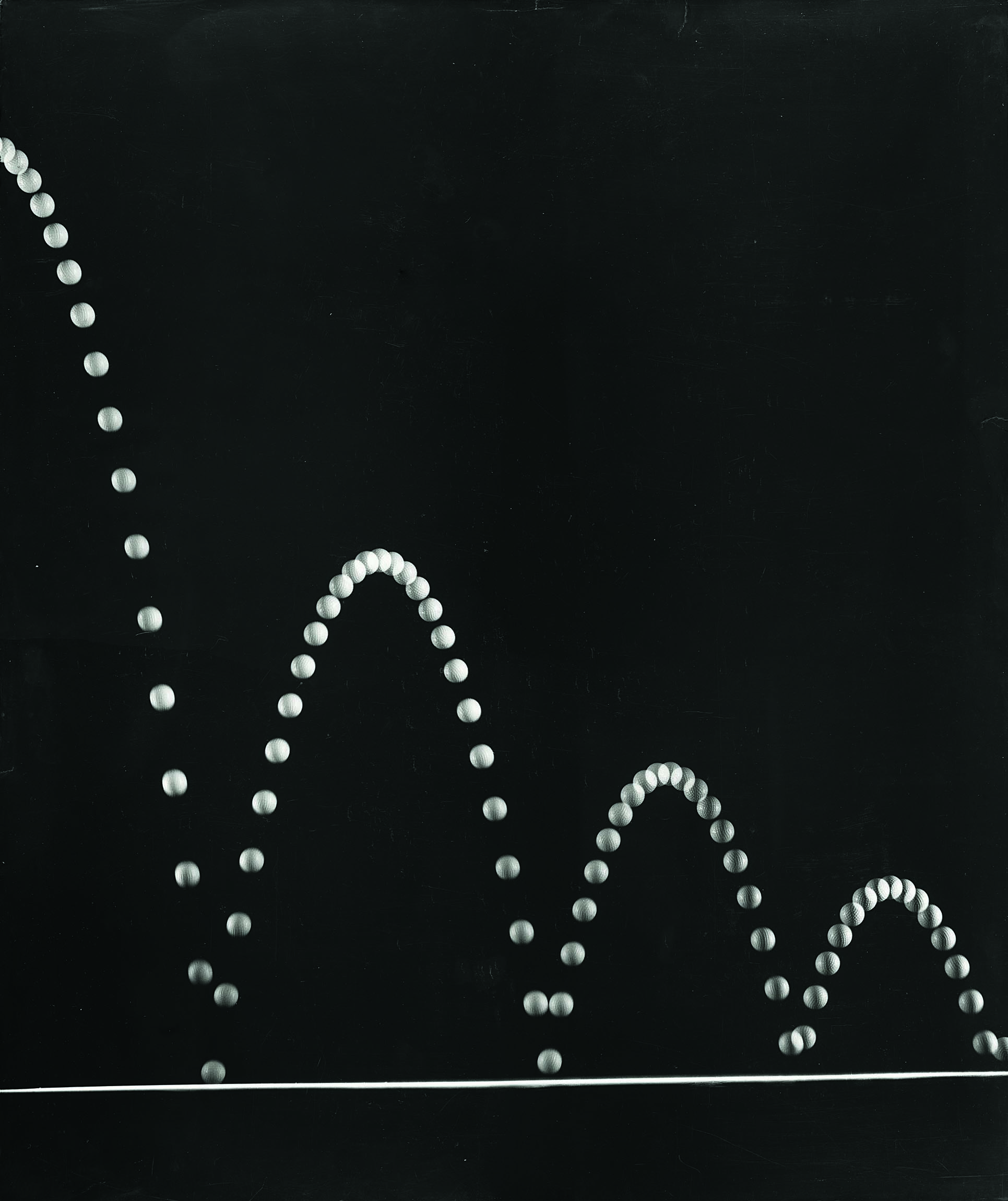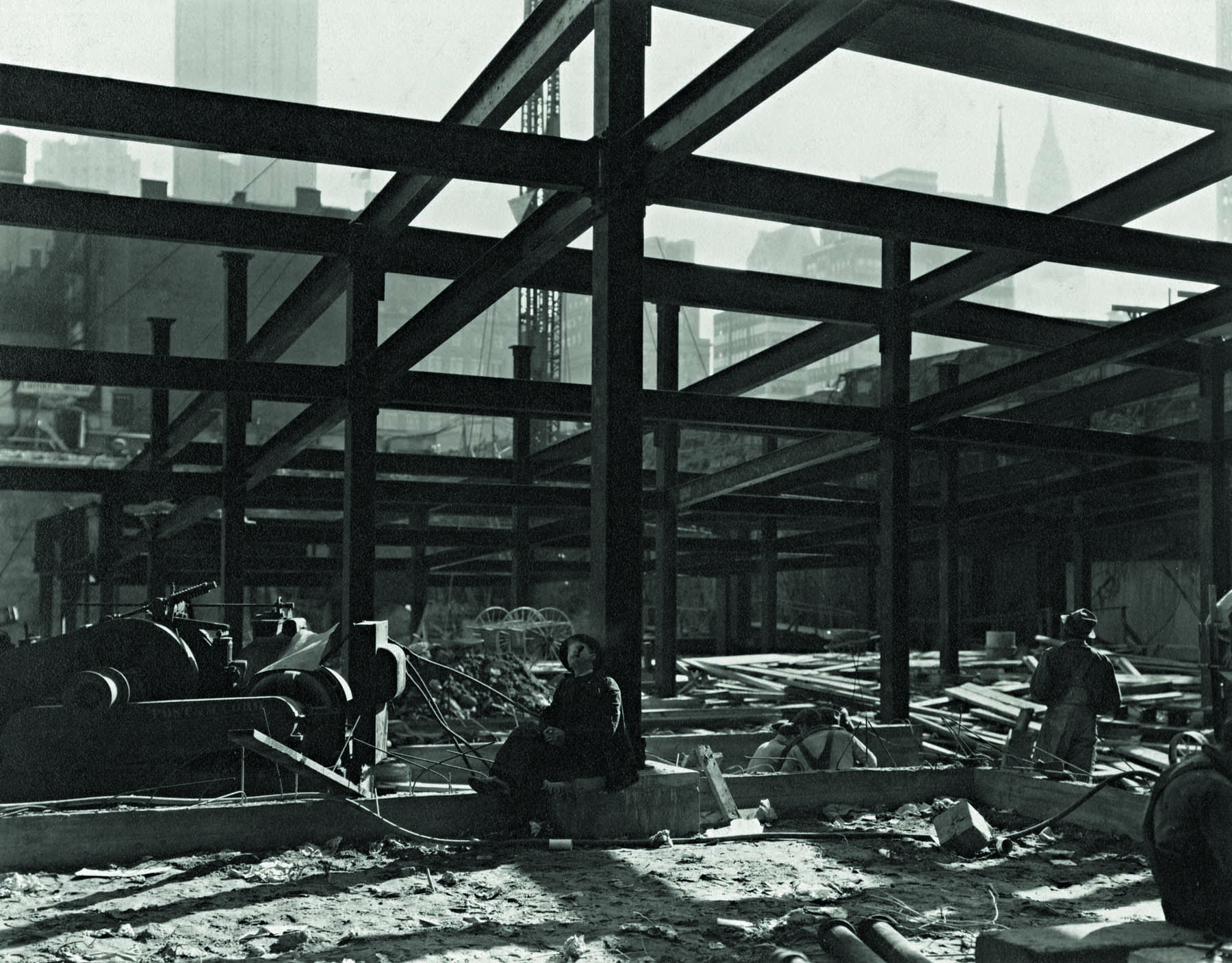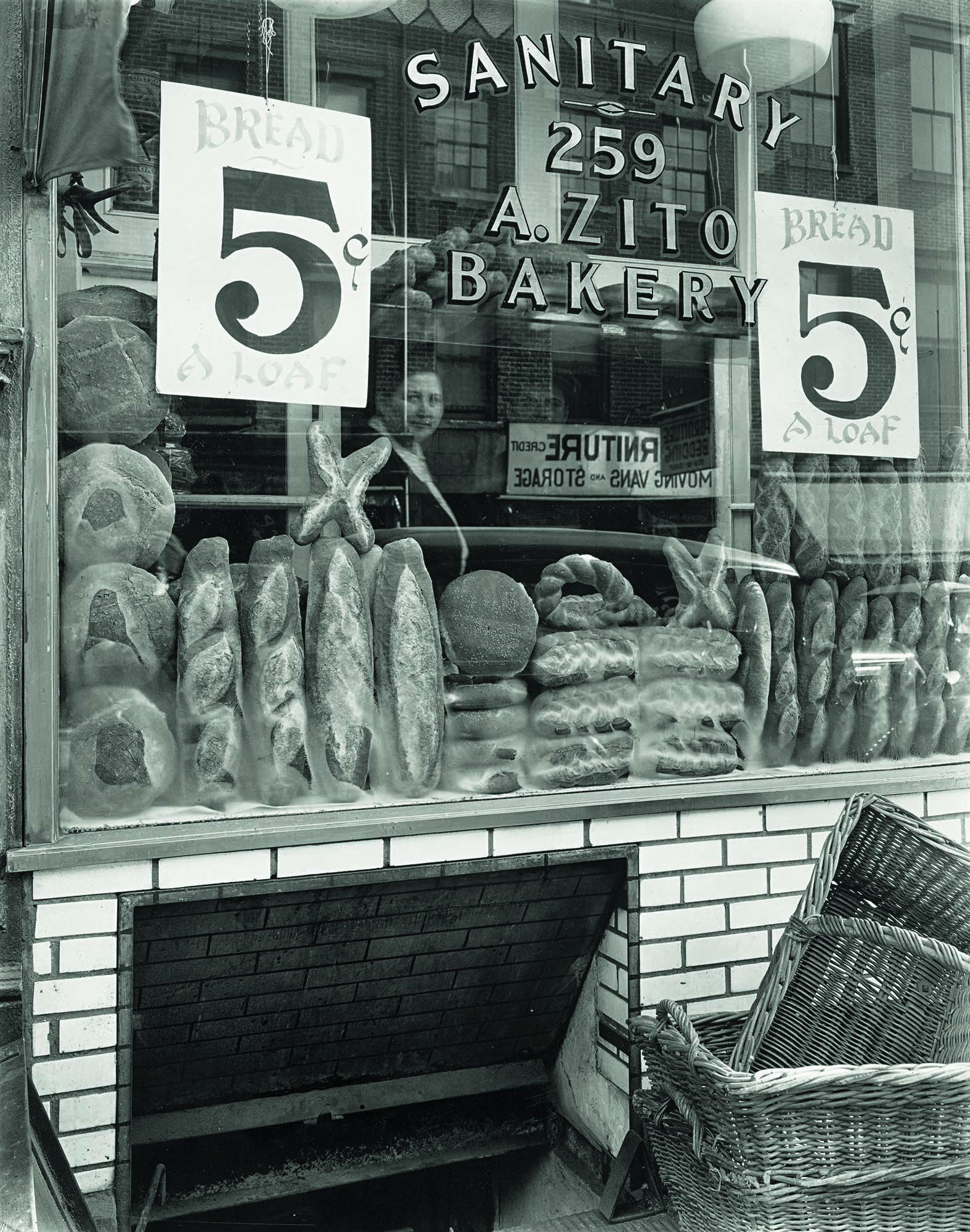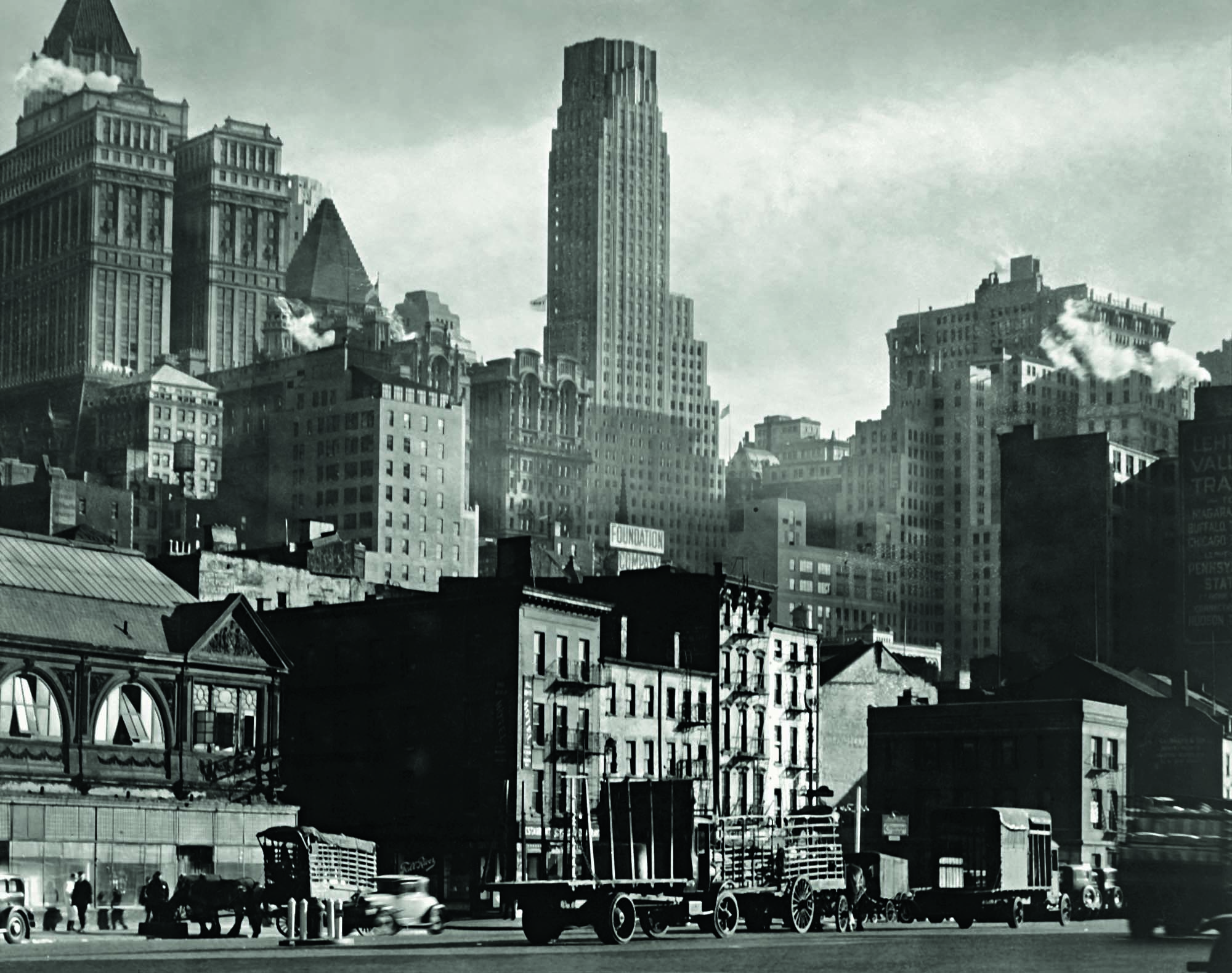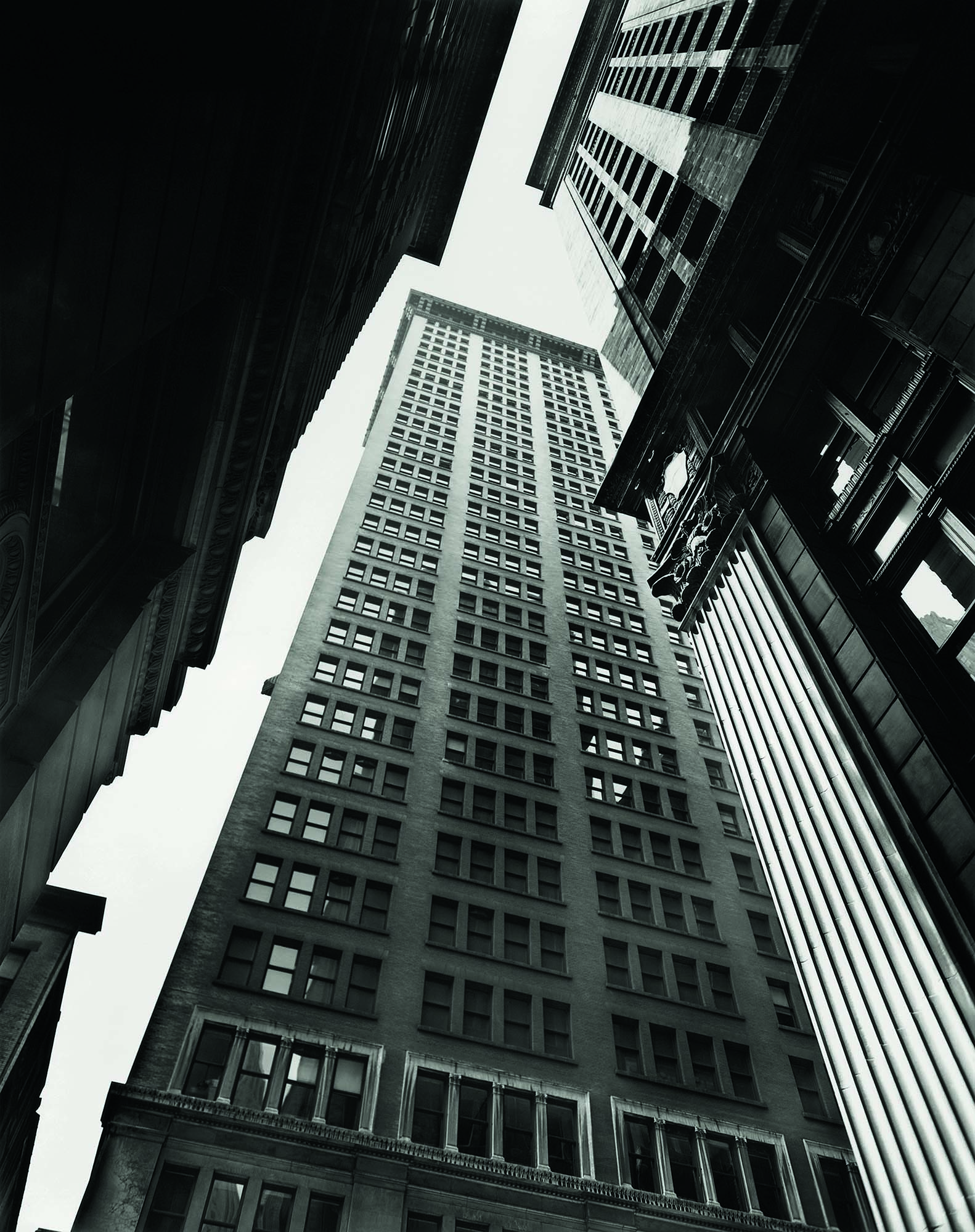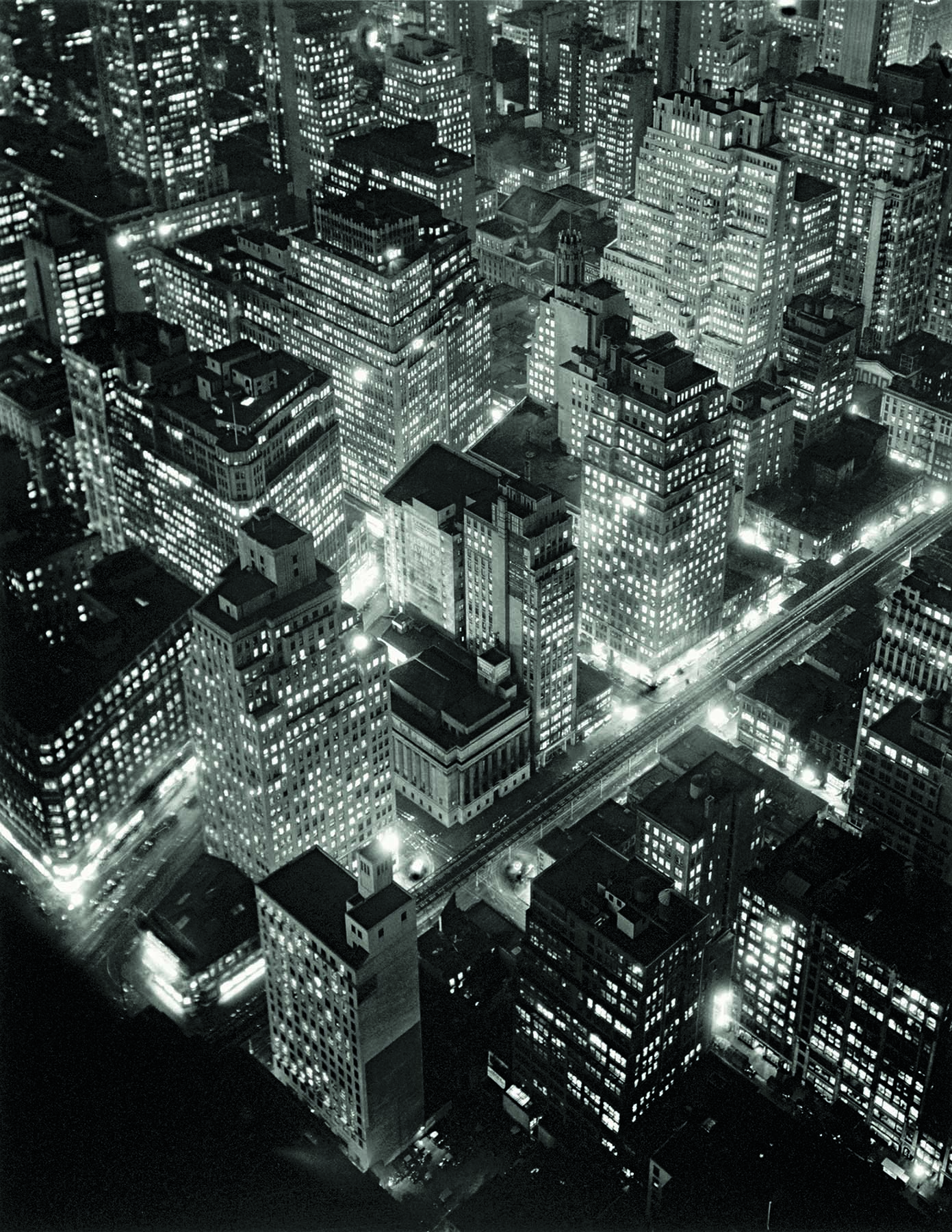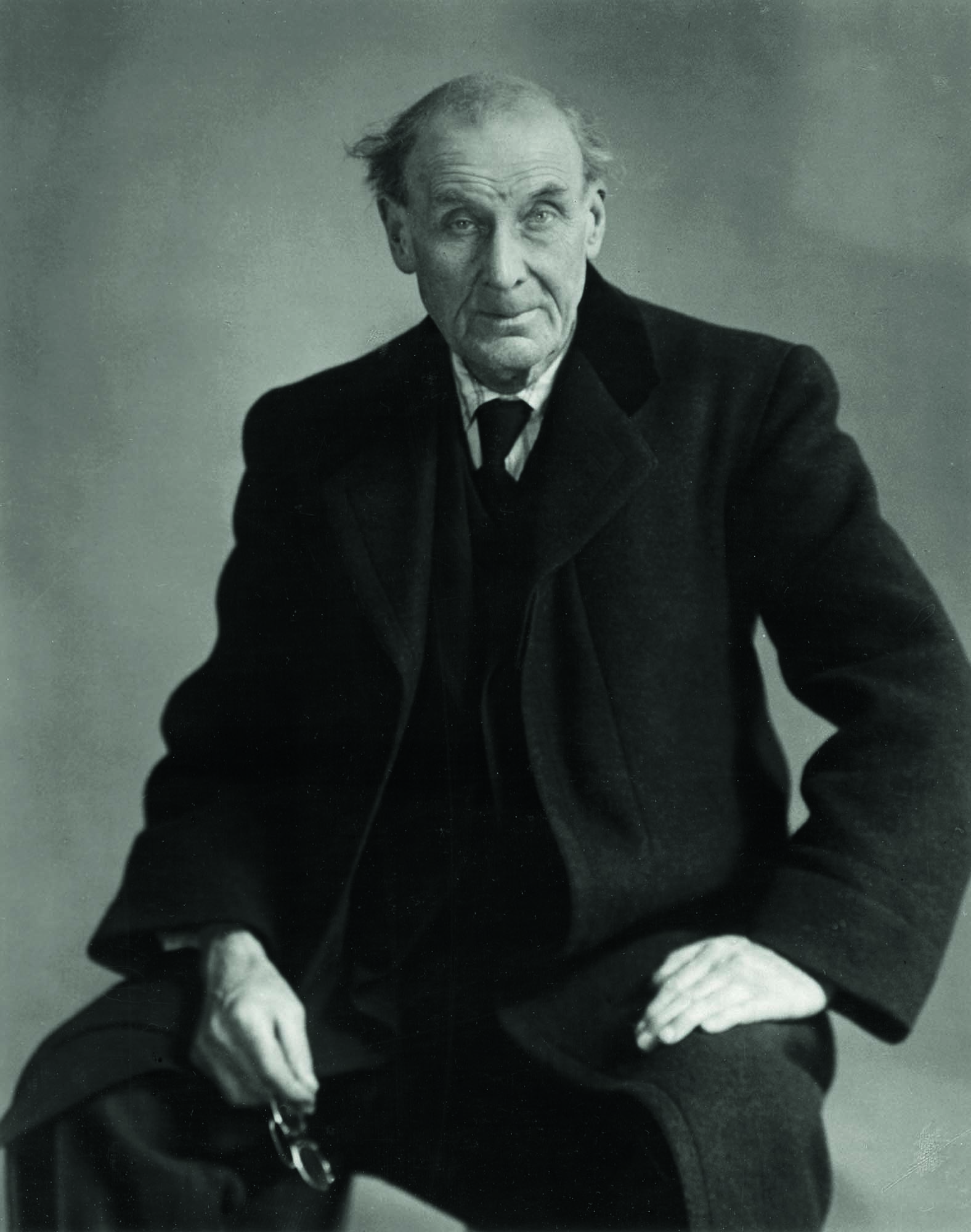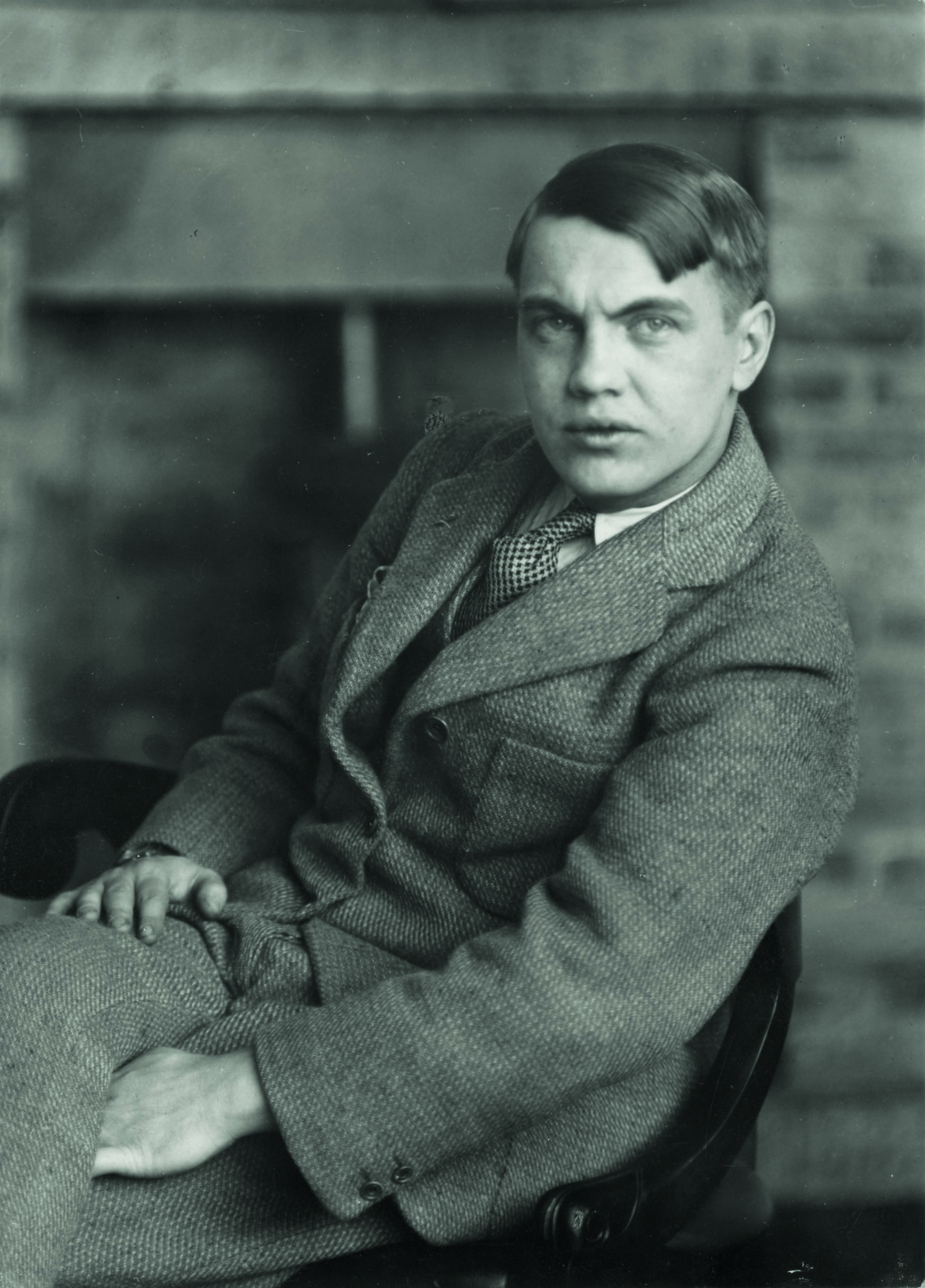“To me photography is a means – perhaps the best means of our age – of widening knowledge of our world. Photography is a method of education, for acquainting people of all ages and conditions with the truth about life today,” wrote photographer Berenice Abbott (1898-1991), in an unpublished text, Statement in Regard to Photography Today, 1946. From portraits of elite avant-garde circles in Paris, to rapidly-changing cityscapes of her New York City, plus a career in science journalism, ideas of modernity pervade Abbott’s legacy.
Born in Springfield, Ohio, in 1898, Abbott studied sculpture in New York before moving to Paris in 1921, where she worked as an assistant at the Man Ray studio. There, she mastered the art of photography, and in 1926 held her first solo show at the gallery Le Sacre du Printemps in Paris, where she exhibited portraits of the Parisian avant-garde.
When Abbott returned to New York in 1929, she was struck by how rapidly the city was developing. This lead to her series Changing New York, and soon after she turned her attention to scientific phenomena and experiments, eventually working as picture editor for Science Illustrated and inventing photographic machines like a darkroom distorter and picture composer.
Abbott’s long arc of work paints a portrait of modernity in the new century, a premise on which the major new exhibition of her work at Barcelona’s Fundacion Mapfre is based. It will show almost 200 photographs grouped into three sections, along with a small selection of work by Eugène Atget, a great friend and inspiration to Abbott, with 11 of his photographs developed by Abbott herself in 1956.
https://www.fundacionmapfre.org Berenice Abbott: Portraits of Modernity will run at the Fundación MAPFRE in Barcelona till 19 May 2019. Following its showing in Barcelona, the exhibition will go on display at the Fundación MAPFRE’s Sala Recoletos in Madrid from 01 June till 23 August
